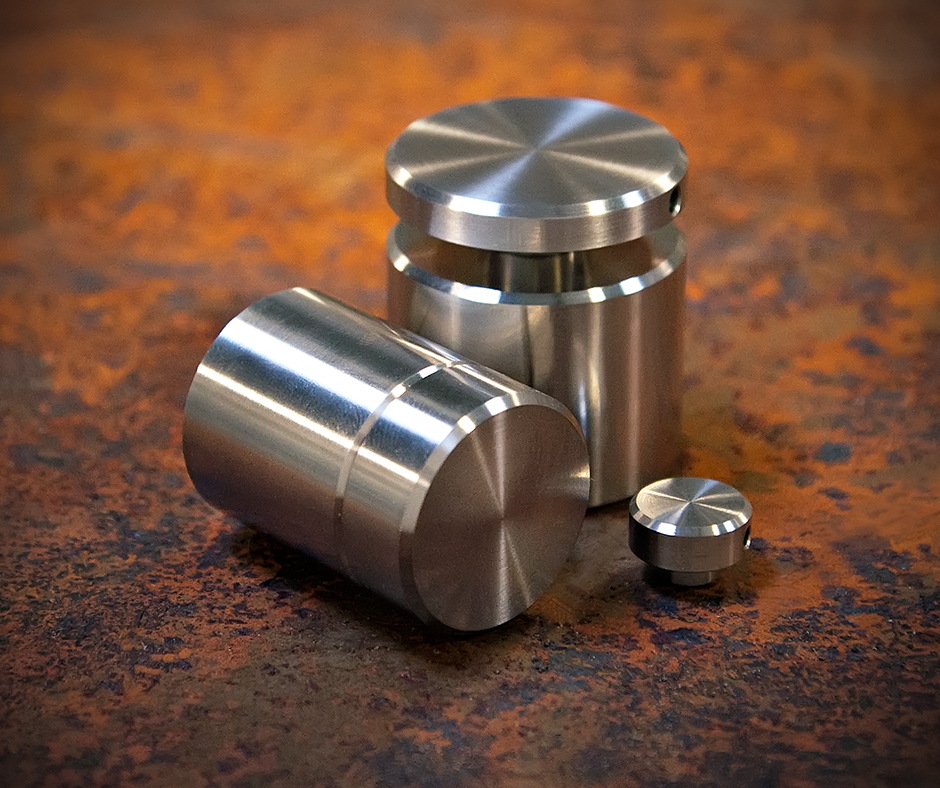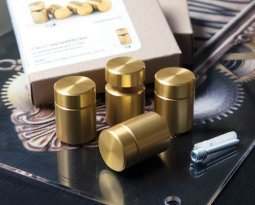How Stainless is Your Steel?
Steel is strong, but there are many different varieties and the one you choose has a big impact. Stainless steel is popular for its high-quality appearance and ability to resist corrosion, but there are even variations among types stainless steel. What is the difference, and which kind is right for you?
Of the many types of stainless steel, you are most likely to encounter 304 and 316 varieties. While both are an improvement over other kinds of steel, there is a significant difference in performance. The variation is caused by the metals’ composition, primarily the presence of molybdenum in 316 stainless steel. This difference in composition means that 304 stainless steel will corrode much more quickly when exposed to chlorine and salt, commonly found in coastal and poolside areas.
Nema Enclosures, in Houston, is a leading manufacturer of electrical enclosures and they do a great job of explaining the different types of steel available. In their blog, they say that, “Type 316 is durable, easy-to-fabricate, clean, weld and finish. It is considerably more resistant… the bottom line is that Type 316 stainless steel costs a little more upfront but you could save a whole lot on the back end – especially if your enclosure is going to be used outdoors.”
Click here to read the whole blog, titled “What’s the difference between 304 and 316 stainless steel?”
While anodized aluminum often performs very well in outdoor applications, for the most durable StandOff solution, you’ll want 316 stainless steel. The additional durability and corrosion-resistance of 316 stainless steel will stand up to even the strongest cleaning agents, salts and acids. It is also important that you use stainless steel studs in such applications, because other types of steel may react to and corrode stainless steel.









